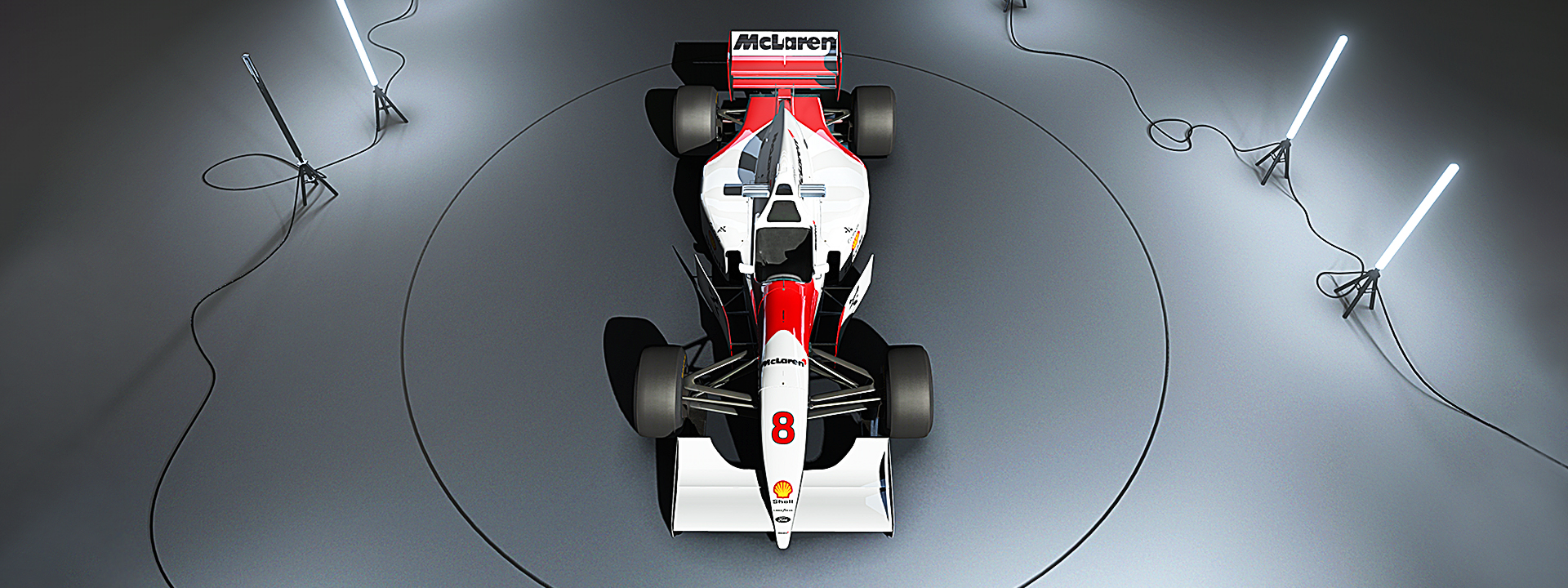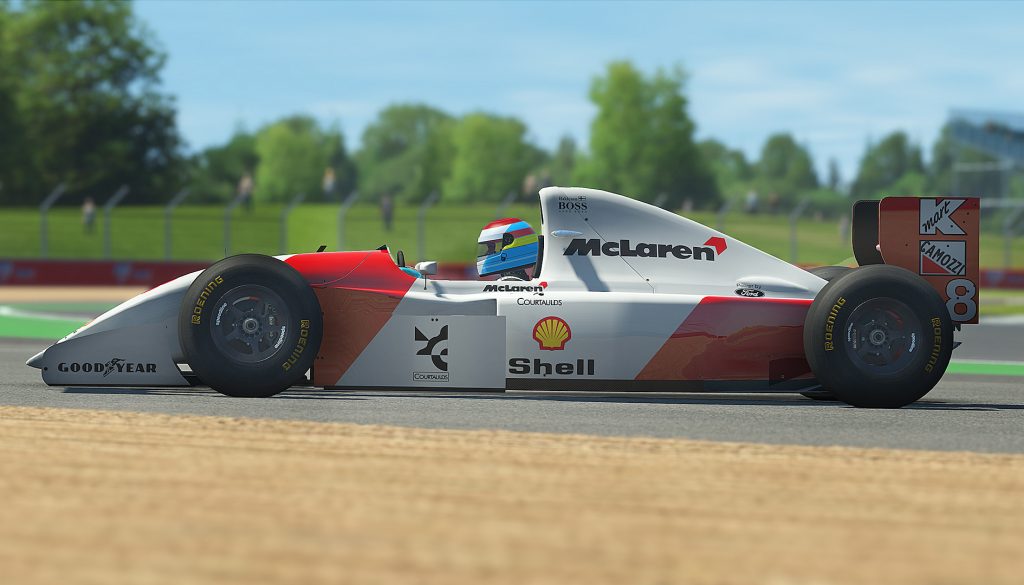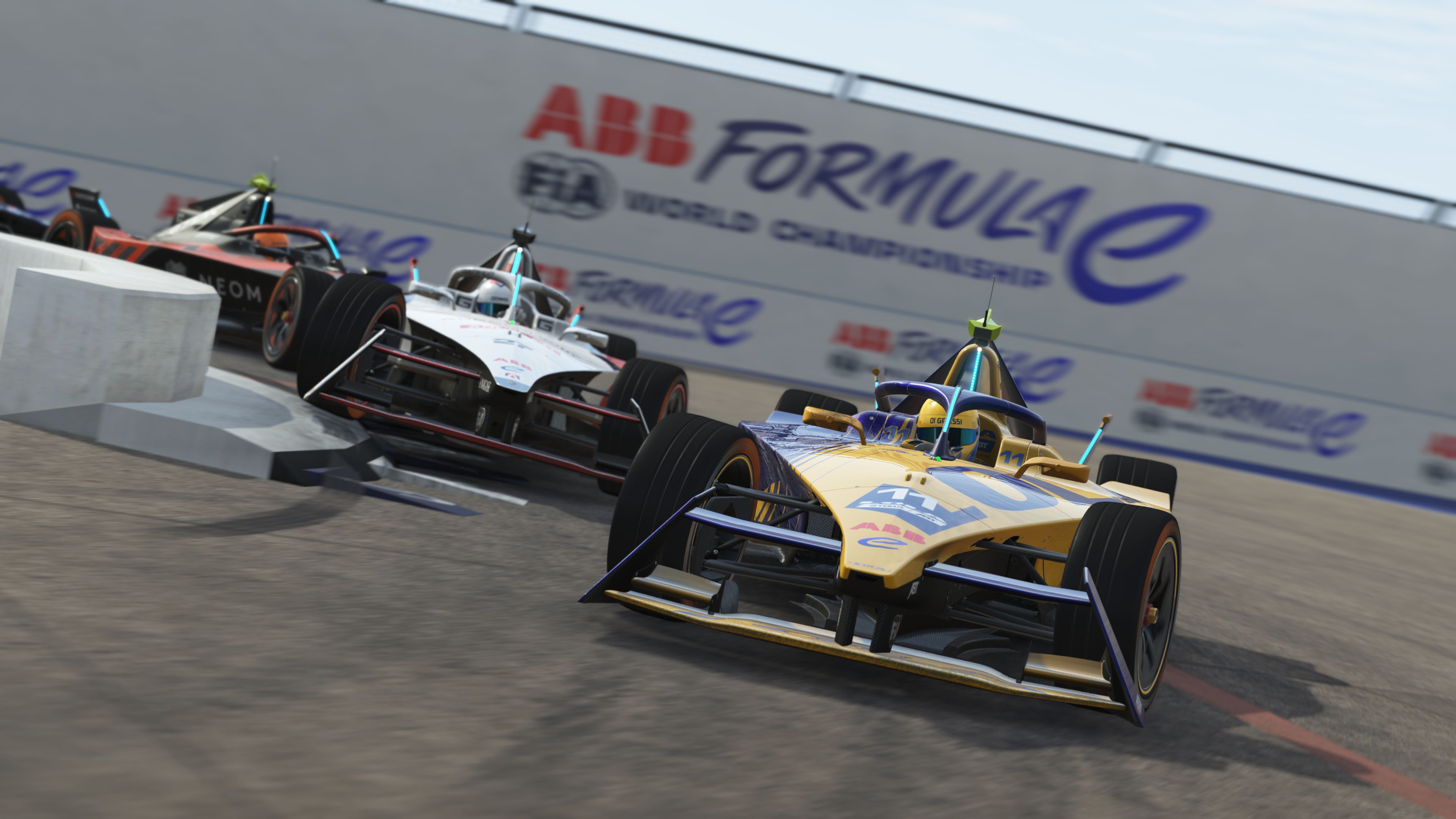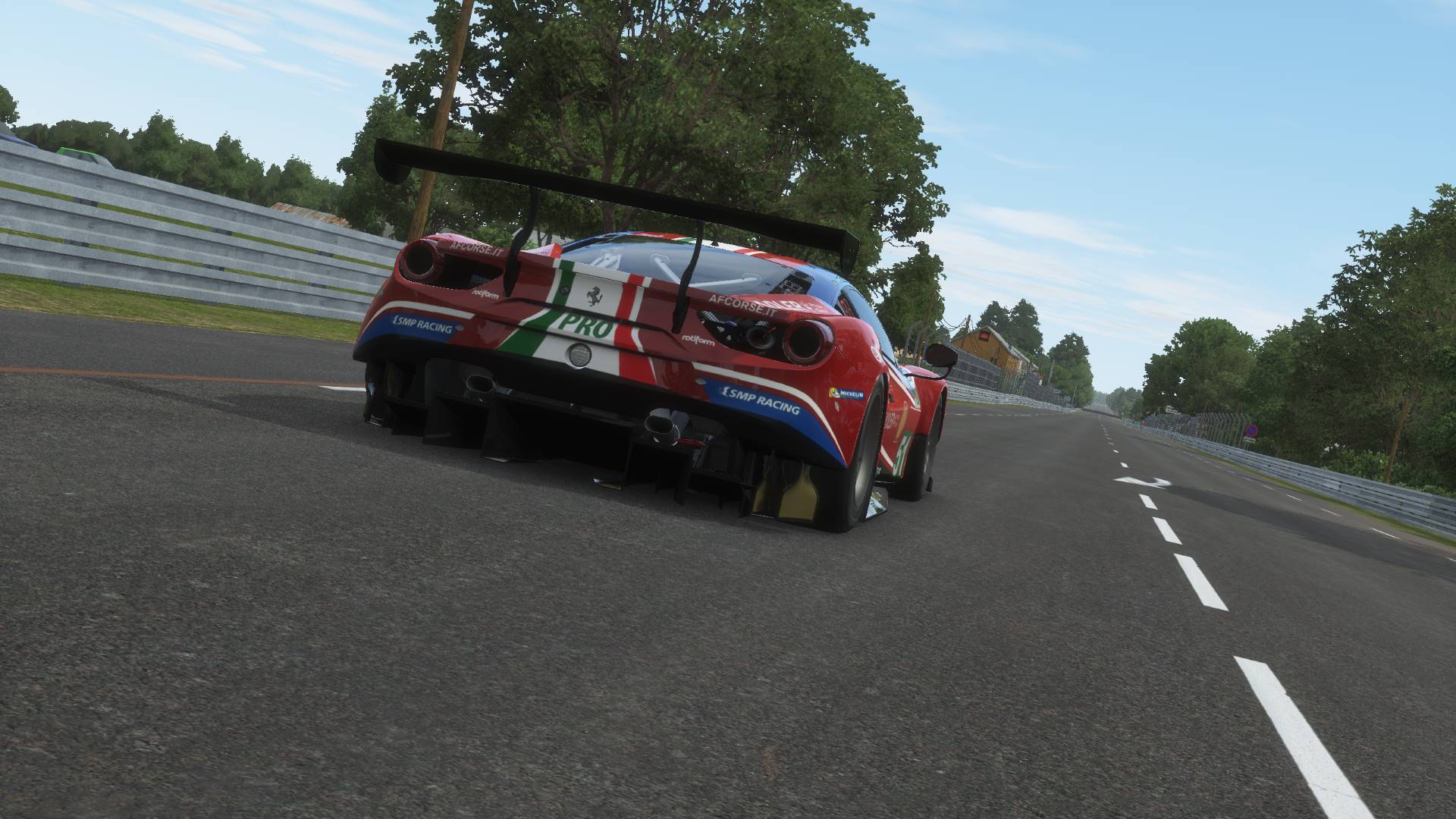The venerable McLaren MP4/8 is perhaps one of the most iconic cars in the history of Grand Prix racing, forever associated in the collective memory as the final machine to carry Brazilian legend Ayrton Senna to victory in Formula One, and a last hurrah for McLaren in the famous red and white colours as a winning constructor before returning to the forefront of the sport years later draped in Silver Arrows paint scheme of the late 1990s.
History
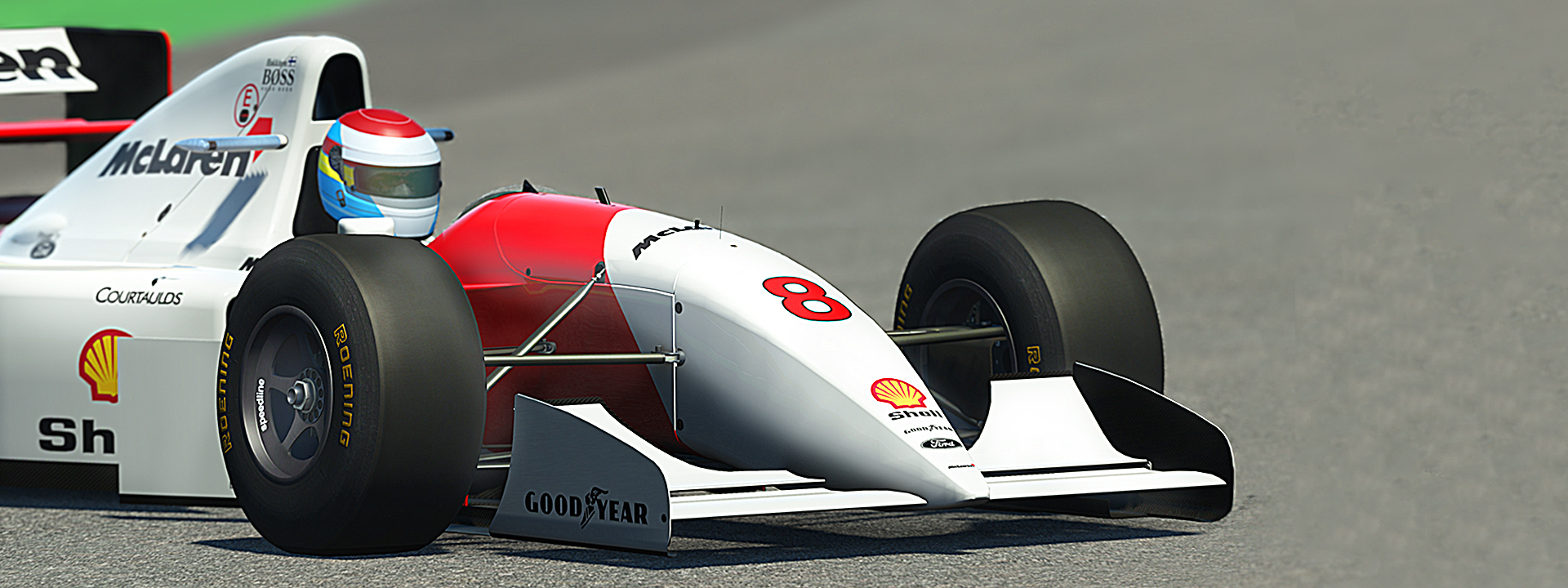
Born from the need for McLaren to reinvent themselves somewhat following years of carrying Honda power, the MP4/8 would mark a return to running under propulsion provided by the Blue Oval, a significant departure from the screaming Japanese V12’s of previous years.
Featuring advanced electronic aids in a bid to keep pace with championship rivals Williams, and the dominant FW14 of 1992, the new for ‘93 MP4/8 would mark a significant technical achievement by the Woking team; even if expectations would be firmly held in check following a troubled pre-season and the ongoing contractual negotiations with star driver Ayrton Senna – negotiations that would remain unresolved until well into the start of the new campaign.
Alongside Senna for 1993 would be highly rated American Michael Andretti in the sister machine, the 31-year-old 1991 PPG IndyCar World Series champion having a troubled part season with the squad before eventually head back state side to be replaced by tester and former Lotus star, Mika Häkkinen.
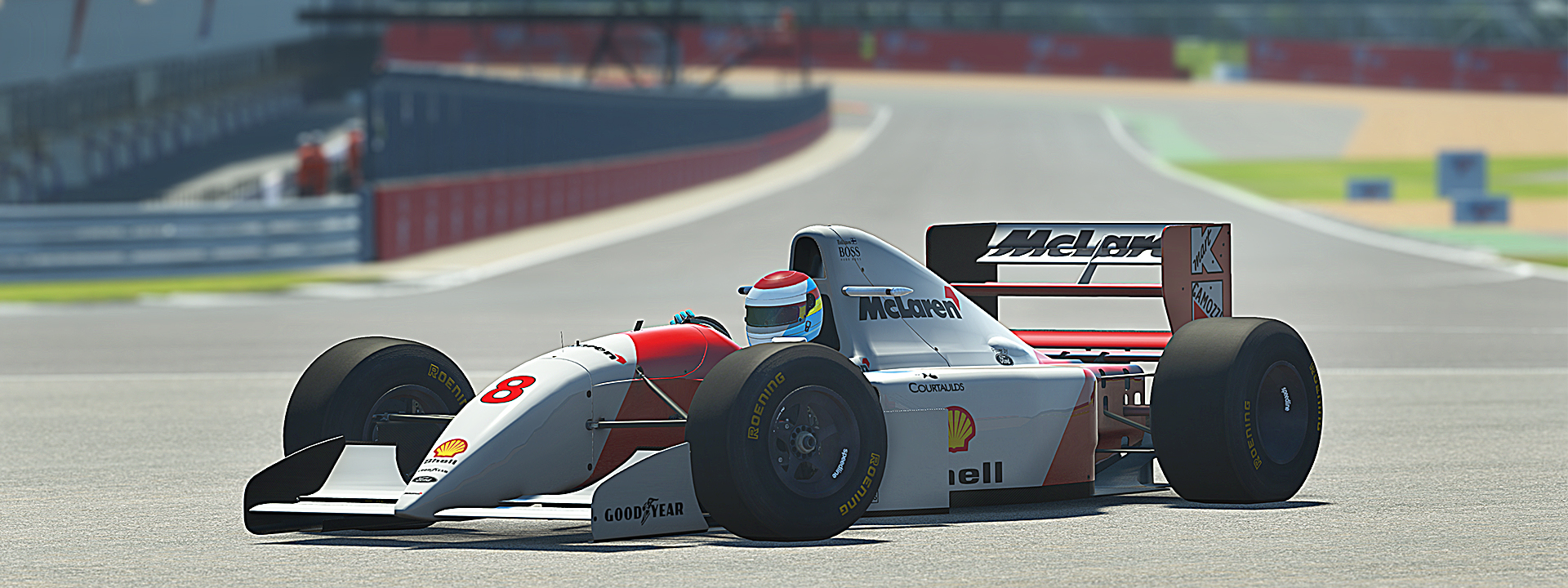
Throughout the year, the MP4/8 would prove to be on average the second-fastest car of the season, once again behind a Williams team now spearheaded by the returning Alain Prost. Despite carrying the disadvantage of a customer engine deal, and up against stiff opposition in the form of a revitalized Benetton team and young upstart Michael Schumacher, Senna would enjoy plenty of opportunity to flex his driving talents over the 16 race season, taking victory in front of his home fans in Brazil, then backing that up at the now legendary European Grand Prix at a very wet Donington Park – arguably achieving the most impressive opening lap of any driver in the history of Formula One racing.
Further success would be hard to come by as both Williams and Benetton began to hit their stride, however a record fifth Monaco win and additional victories in both Japan and Australia would round out the final season of the McLaren and Ayrton Senna partnership – enough to end this hugely successful and iconic collaboration on a high, before the fateful events of 1994 would change Grand Prix racing forever.
Technical Specs
- Engine: Ford HBD7 V8
- Capacity: 3,494 cc
- Power: 640–680 hp (477.2–507.1 kW) @ 13,200 rpm
- Weight: 505 kg
Achievements
- 16 Formula One races entered.
- 5 Victories.
- 9 Podiums.
- 1 Pole Position.
- 1 Fastest Lap.
- 2nd 1993 Formula One Constructors Championship.
- 2nd 1993 Formula One World Drivers Championship.
The Car
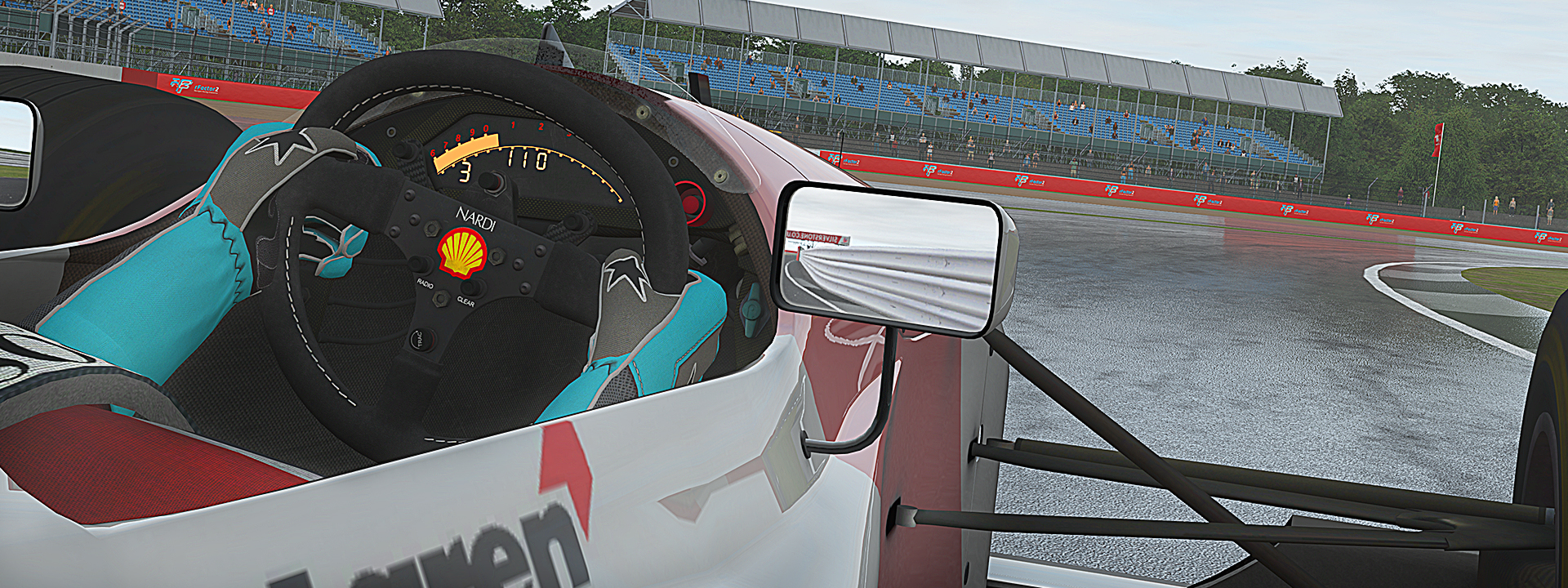
McLaren MP4/8 | Steam Workshop: CLICK HERE
The McLaren MP4/8 was notable for the use of highly advanced electronics in 1993, far more developed than the previous MP4/7A of 1992.
With the sport allowing a wealth of electronic and technical systems in Grand Prix racing before the deployment of a more back to basics approach in 1994, the 1993 MP4/8 benefitted from a semi-automatic gearbox for the first time in the history of the brand – a feature that is included within the rFactor 2 version of the car.
Additionally, in order to help boost the chances of success against the mighty Williams Renaults of Alain Prost and Damon Hill, the new for 1993 car would also include technical innovations such as active ride suspension (used to devastating effect by Williams since 1991), traction control and launch control, created in conjunction with the renowned Techniques d’Avant, TAG.
Powering the MP4/8 would be the Ford HBD7 V8, a departure from V12 Honda power of recent seasons. Owing to the late nature of the new engine supply, thought to have been completed in the November of 1992, McLaren would start the year with a customer spec version of the engine, technically behind in development to the then works contract secured by the Benetton team.
This arrangement would be revised in time for the British Grand Prix at Silverstone in July, with McLaren agreeing technical parity with Benetton for the reminder of the season, however Ford would still lag significantly behind both the dominant Renault unit employed by main rival Williams, and even the V12 Ferrari Tipo 041 (E2 A-93), despite the Italian team having one of their most uncompetitive seasons of recent years.
Senna would, once again, be the star driver in his final year for McLaren, and despite modest results achieved in the second car by Michael Andretti and later Mika Häkkinen, long time McLaren boss Ron Dennis would go on record as stating the MP4/8 “the best car we’ve ever created” – high praise indeed for one of Formula One’s most successful outfits.
The McLaren MP4/8 – Available to download for free in rFactor 2
